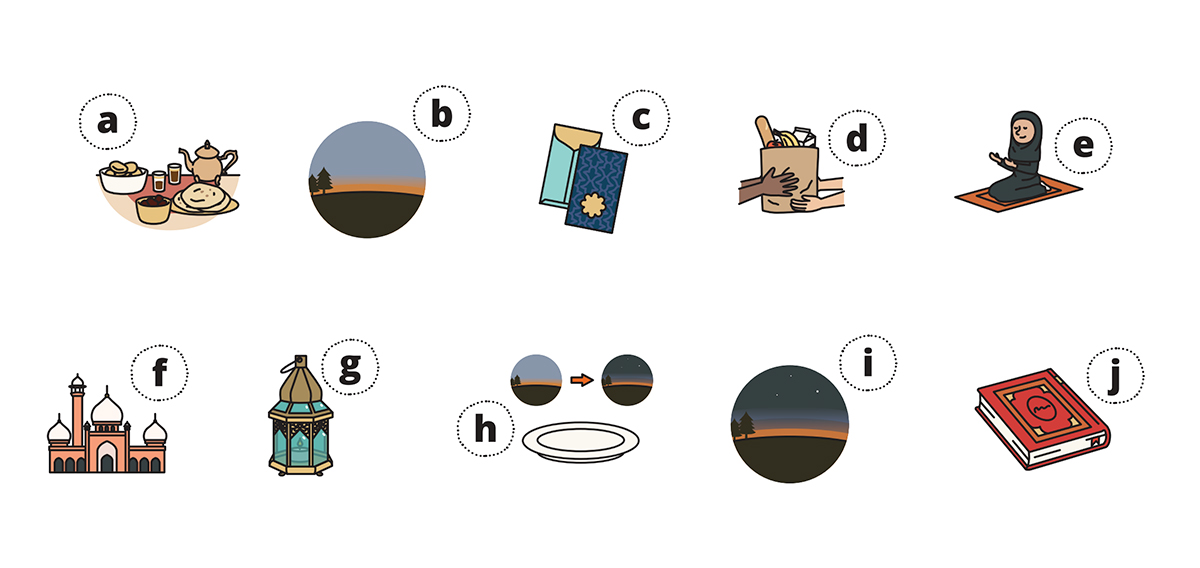Share this post
In many countries, December is a month of festivities. There’s Christmas, Chanukah, New Year's, and Kwanzaa to be celebrated, and undoubtedly some I’ve missed.
I teach multicultural classes in the largest college in Scotland. My learners get two weeks off for their winter break, which is traditionally based around Christmas and New Year's. Their spring holidays are also scheduled around Easter.
However, many of my learners do not celebrate these events, so it’s important to make the holidays as inclusive as possible. Here are a few different ways I like to promote inclusivity in the classroom during the festive season.
Use holiday-inclusive language
Using the terms "winter" and "spring" is one way to help everyone feel ownership towards the holidays. Ask your students which winter holidays or spring holidays they like to celebrate at home.
Introduce students to different holidays and celebrations
Most of my learners are new(ish) to Scotland and are curious about the celebrations. They often ask for themed lessons when it comes to Christmas, Valentine’s, Easter, and Halloween. Introducing and exploring one festival can be a great way to start discussions on special events that are important to them.
For example, in this Christmas lesson, you could ask learners to consider what vocabulary or items they associate with their own celebrations.
You could refer to other Ellii Holidays & Events lessons or flashcards when you do this. They have a comprehensive bank for almost every holiday imaginable—Holi, Nauruz, Diwali, Bastille Day, Waitangi, Cinco de Mayo, Lunar New Year, etc.
Here’s some vocabulary practice from the Ramadan lesson:
Encourage students to share how they celebrate different events
As with any "cultural" lessons, I always add the caveat that everyone celebrates in their own personal way.
For example, at Christmas, the menu doesn’t always include turkey, nor does every household decorate a tree. I do neither of those things, though I do visit my family and give small gifts.
I love asking my learners to discuss how they celebrate different events in their own unique ways. This gives them an opportunity to consider individual differences. It also provides an opportunity for them to share their own holidays with the rest of the class.
Of course, some of my learners have lived in Scotland for so long that they have adopted some of the traditions.
I know many people of different religions who receive gifts from Santa, find the biggest tree possible, and couldn’t possibly celebrate December 25 without a turkey. This all makes for delightfully rich class discussions.
Ideas for teaching about holiday inclusivity year round
You don't need to wait for December to start sharing holidays and celebrations in class. Creating an atmosphere of cross-cultural curiosity allows students to learn about the world whenever it naturally comes up in discussions.
Here are a few ideas to help you support learners to share their own celebrations, no matter the time of year:
- Ask them to bring in an item that's important for one of their holidays. Give them time to talk about it and encourage the other learners to ask questions.
- Host a food event! Ask learners to bring food they eat on special days. Facilitate discussion.
- Create a class calendar of events. Ask students to add their special days.
- Watch a film, video, or documentary about their special events. Facilitate discussions.
Related resources
- December Holidays
- Home for the Holidays
- Holidays & Events
- How to Write Holiday Greeting Cards in English
- Christmas in Argentina
- "Merry Christmas" or "Happy Holidays"? Let's Debate!
Share your thoughts
How do you make teaching about holidays and special events inclusive? Share your comments below! We’d love to hear from you.
Comments (1)
Edge E.(Teacher)
March 23, 2023 at 1:49 pm

Tanya Trusler(Author)
March 27, 2023 at 11:18 pm

Tara Benwell(Author)
March 28, 2023 at 5:19 pm



